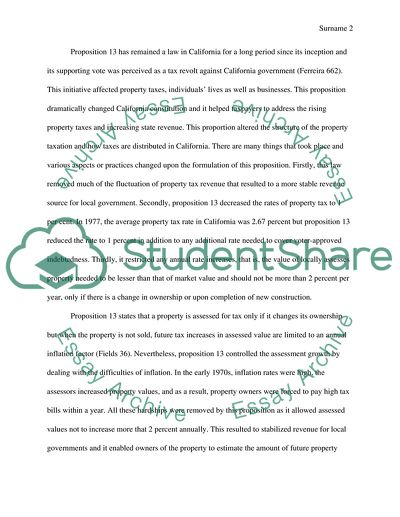Cite this document
(“What changes would you make to Proposition 13 Essay”, n.d.)
What changes would you make to Proposition 13 Essay. Retrieved from https://studentshare.org/miscellaneous/1627824-what-changes-would-you-make-to-proposition-13
What changes would you make to Proposition 13 Essay. Retrieved from https://studentshare.org/miscellaneous/1627824-what-changes-would-you-make-to-proposition-13
(What Changes Would You Make to Proposition 13 Essay)
What Changes Would You Make to Proposition 13 Essay. https://studentshare.org/miscellaneous/1627824-what-changes-would-you-make-to-proposition-13.
What Changes Would You Make to Proposition 13 Essay. https://studentshare.org/miscellaneous/1627824-what-changes-would-you-make-to-proposition-13.
“What Changes Would You Make to Proposition 13 Essay”, n.d. https://studentshare.org/miscellaneous/1627824-what-changes-would-you-make-to-proposition-13.


